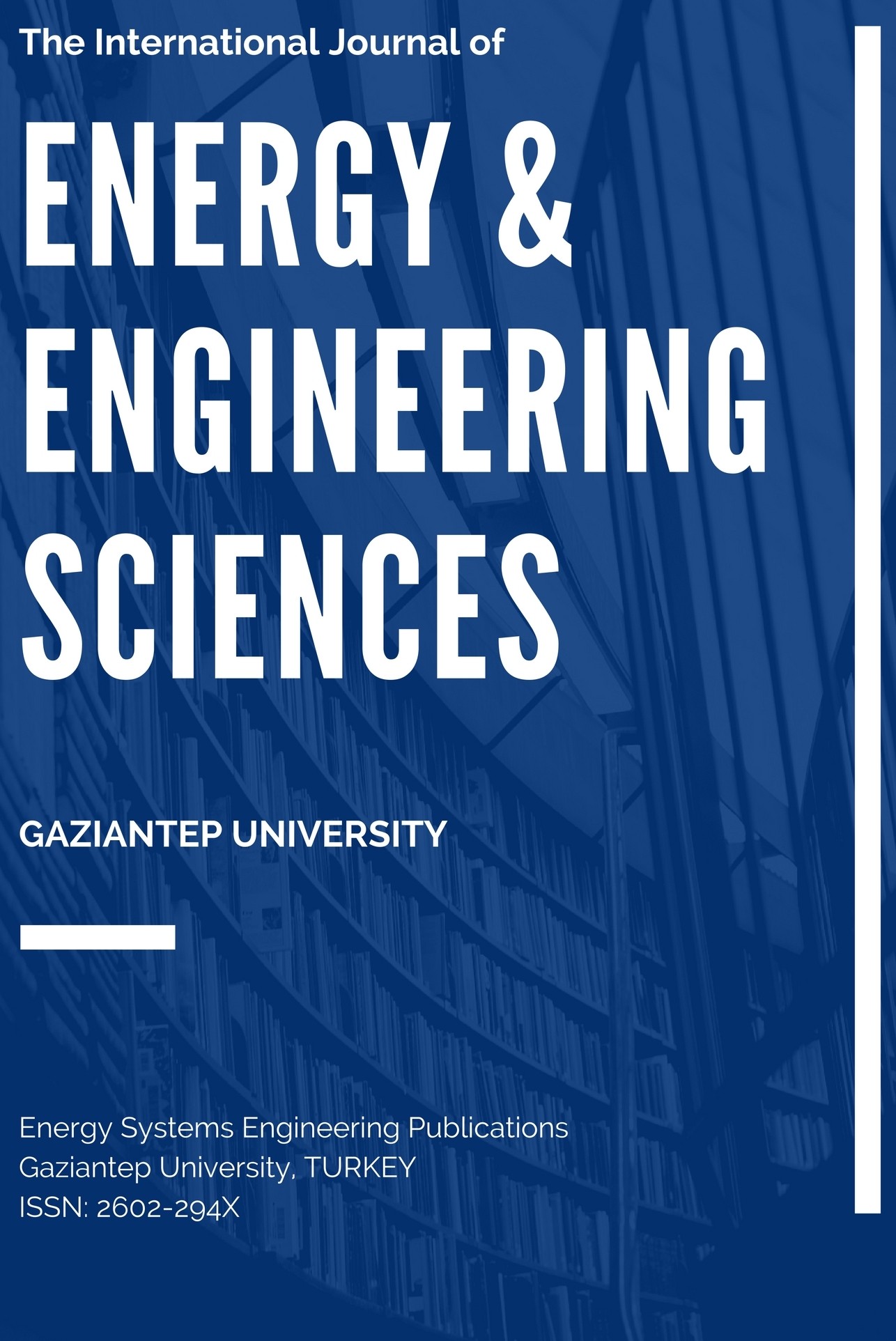USE OF SEWAGE SLUDGE ASH IN SOIL IMPROVEMENT
USE OF SEWAGE SLUDGE ASH IN SOIL IMPROVEMENT
The Sewage sludge ash (SSA) was added to the clay with the mixture ratio of 0% 10%, 20%, 30%. The SSA used in the research is a product generated during the combustion of sewage sludge in Gaziantep municipal wastewater treatment plant. The clay employed in the experimental studies was obtained from the Gaziantep University of Gaziantep campus. An intensive series of fall cone tests (FCT) were performed on the clay-SSA mixtures. The results indicated that the liquid limit estimates and undrained shear strength values of the mixtures were increased by the addition of SSA contents
Keywords:
Sewage sludge ash fall cone, undrained shear strength,
___
- Chen, L., & Lin, D. F. (2009). Stabilization treatment of soft subgrade soil by sewage sludge ash and cement. Journal of Hazardous Materials, 162(1), 321-327
- De Oña, J., & Osorio, F. (2006). Application of sludge from urban wastewater treatment plants in road's embankments. Journal of Hazardous Materials,131(1), 37- 45
- Lin, D. F., Lin, K. L., & Luo, H. L. (2007). A comparison between sludge ash and fly ash on the improvement in soft soil. Journal of the Air & Waste Management Association, 57(1), 59-64.
- Cabalar, A. F., & Mustafa, W. S. (2015). Fall cone tests on clay–sand mixtures. Engineering Geology, 192, 154-165.
- Epstein, E. (1975). Effect of sewage sludge on some soil physical properties. Journal of Environmental Quality, 4(1), 139-142.
- Moo-Young, H. K., & Zimmie, T. F. (1996). Geotechnical properties of paper mill sludges for use in landfill covers. Journal of Geotechnical Engineering, 122(9), 768- 775.
- Hansbo, S., 1957. A new approach to the determination of the shear strength of clay by the fall-cone test. R. Swedish Geotech. Inst. Proc. No. 14 (7 ± 47).
- Likos, W. J., & Jaafar, R. (2014). Laboratory fall cone testing of unsaturated sand. Journal of Geotechnical and Geoenvironmental Engineering, 140(8).
- Lin, D. F., Luo, H. L., Hsiao, D. H., & Yang, C. C. (2005). The effects of sludge ash on the strength of soft subgrade soil. Journal of the Chinese Institute of Environmental Engineering, 15(1), 1-10.
- Lin, D. F., Lin, K. L., Hung, M. J., & Luo, H. L. (2007). Sludge ash/hydrated lime on the geotechnical properties of soft soil. Journal of Hazardous Materials,145(1), 58-64
- Lo, I. M., Zhou, W. W., & Lee, K. M. (2002). Geotechnical characterization of dewatered sewage sludge for landfill disposal. Canadian Geotechnical Journal,39(5), 1139-1149.
- Sharif, A, Munjed, M.; Attom, M.F. (2000). The Use of Burned Sludge as a New Soil Stabilizing Agent. ASCE National Conference on Environmental and Pipeline Engineering, Kansas City, MO, July 23–26; 378-388
- Veeresh, H., Tripathy, S., Chaudhuri, D., Ghosh, B., Hart, B., & Powell, M. (2003).
- Changes in physical and chemical properties of three soil types in India as a result of amendment with fly ash and sewage sludge. Environmental Earth Sciences, 43(5), 513.
- Wood, D.M. (1985). Some fall cone tests. Geotechnique 35 (1), 64–68.
- ISSN: 2602-294X
- Yayın Aralığı: Yılda 2 Sayı
- Başlangıç: 2016
- Yayıncı: Gaziantep Üniversitesi
Sayıdaki Diğer Makaleler
EFFECT OF STIFFENERS ON STRUCTURAL BEHAVIOR OF STEEL LIQUIDS TANK
Mahmood Hunar DHEYAALDIN, Mustafa ÖZAKÇA, Abubaker Sami DHEYAB
DESIGN OF MULTIBAND ANTENNAS LOADED WITH ARRAYS OF CSRR AND CIRCULAR HEAD DUMBBELL STRUCTURE
Amer Hasan Al Gölge Ögücü SHATHR, YETKİN
REHABILITATION OF HIGH STRENGTH REINFORCED CONCRETE CORBELS USING BASALT FIBER FABRIC
Adnan Hazem ALSHAWAF, Mehmet Eren GÜLŞAN
Ozkan KIREC, Melda Ozdinc CARPINLIOGLU
